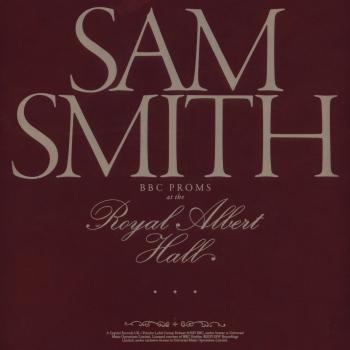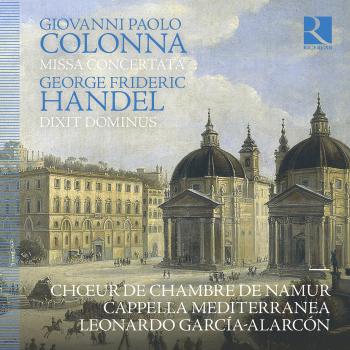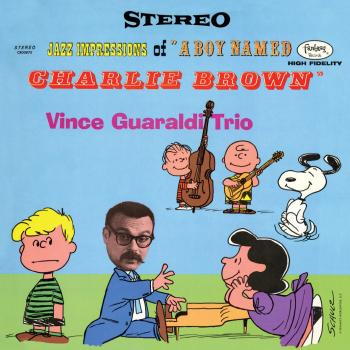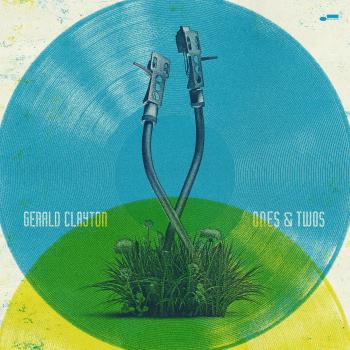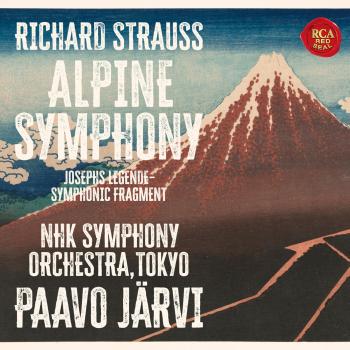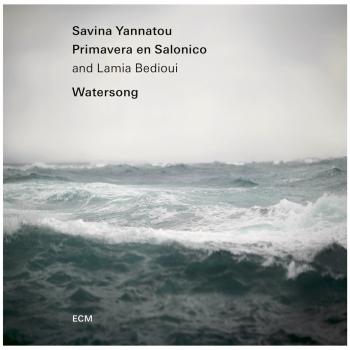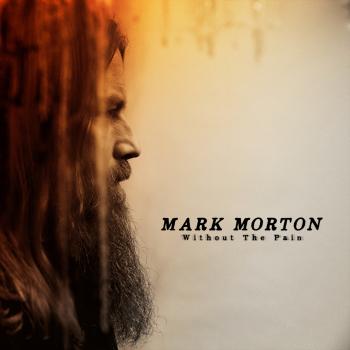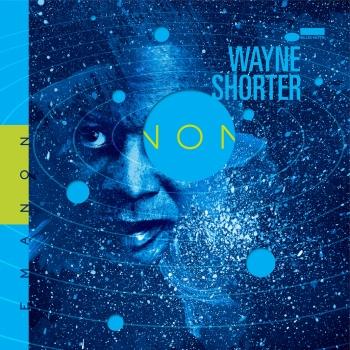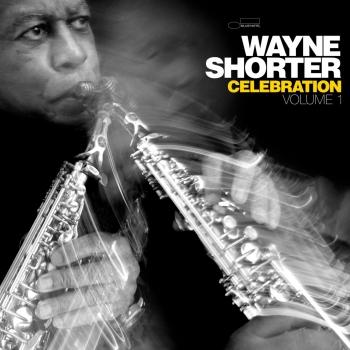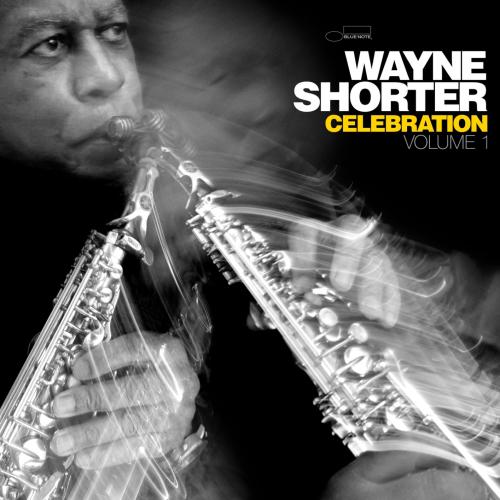
Celebration, Volume 1 (Live) Wayne Shorter
Album info
Album-Release:
2024
HRA-Release:
23.08.2024
Album including Album cover
I`m sorry!
Dear HIGHRESAUDIO Visitor,
due to territorial constraints and also different releases dates in each country you currently can`t purchase this album. We are updating our release dates twice a week. So, please feel free to check from time-to-time, if the album is available for your country.
We suggest, that you bookmark the album and use our Short List function.
Thank you for your understanding and patience.
Yours sincerely, HIGHRESAUDIO
- 1 Zero Gravity to the 15th Dimension (Live) 11:44
- 2 Smilin’ Through (Live) 08:56
- 3 Zero Gravity to the 11th Dimension (Live) 02:06
- 4 Zero Gravity to the 12th Dimension (Live) 02:00
- 5 Zero Gravity - Unbound (Live) 03:35
- 6 Orbits (Live) 09:49
- 7 Edge Of The World (End Title) (Live) 06:59
- 8 Zero Gravity to the 90th Dimension (Live) 03:21
- 9 Lotus (Live) 19:34
- 10 She Moves Through The Fair (Live) 20:16
Info for Celebration, Volume 1 (Live)
This thrilling 2014 live recording captured Shorter’s acclaimed quartet with pianist Danilo Perez, bassist John Patitucci, and drummer Brian Blade at the Stockholm Jazz Festival in Sweden. The intrepid set includes some of the band’s favorite vehicles of exploration including “Zero Gravity,” “Smilin’ Through,” “Orbits,” “Lotus,” and “She Moves Through The Fair.” The album is introduced today with the single “Edge of the World (End Title),” a theme by composer Arthur B. Rubinstein from the 1983 film WarGames.
“In January 2023, when [Wayne] was hospitalized for the last time, he continued picking tracks and laying out the albums,” Caroline Shorter, Wayne’s wife, shares in Celebration, Volume 1’s liner notes. “His ‘Never Give Up’ spirit, which underlines his entire mission, was stronger than ever and he was excited to release more music. It was only in the last 10 days of his life that he realized he was not going to be around to see it to fruition. He started feeling the urgency of celebrating life and decided to change the name of the collection to Celebration. I said ‘Yes Wayne! Let’s celebrate!!! That’s what it should be called. A celebration!’”
"A celebration! I still get chills, even after listening to this album multiple times. Wayne Shorter, his sonic universe, his way of attacking notes with a disarming naturalness, a brilliant composer, with spacey, questioning, and sometimes unsettling music, taking risks at every second only to land on his feet again. That’s also what I admired about Joe Zawinul. Two figures who have forever marked the history of contemporary jazz with its most creative and expressive elements, in a style that, let’s admit, is quite elitist. And if you, too, adore Wayne Shorter, Blue Note has great news for you: The label will also celebrate Shorter’s legacy with several reissues of his classic albums, including a Tone Poet vinyl edition of *Odyssey of Iska* (1970) available on July 5th, a classic vinyl edition of *JuJu* (1964) available on August 16th, and an exclusive Blue Note authorized stores vinyl reissue of *Speak No Evil* (1964), available on August 9th at participating independent record stores.
To illustrate just how crucial and alive Wayne Shorter’s importance is, Shorter’s works have been performed by the Chicago Symphony Orchestra, the Detroit Symphony Orchestra, the Lyon Symphony Orchestra, the Polish National Radio Symphony Orchestra, the Prague Philharmonic Orchestra, the Royal Concertgebouw Orchestra, and he has received commissions from the Los Angeles Philharmonic, the National Orchestra, among others. In total, Shorter composed more than 200 works, with dozens of them becoming modern standards. Shorter was named an NEA Jazz Master, and his numerous honors include 13 Grammy Awards and a Kennedy Center Honor in 2018." (Thierry De Clemensat, PARIS-MOVE)
Wayne Shorter, saxophone
Danilo Perez, piano
John Patitucci, double bass
Brian Blade, drums
Digitally remastered
Wayne Shorter
Though some will argue about whether Wayne Shorter's primary impact on jazz has been as a composer or as a saxophonist, hardly anyone will dispute his overall importance as one of jazz's leading figures over a long span of time. Though indebted to a great extent to John Coltrane, with whom he practiced in the mid-'50s while still an undergraduate, Shorter eventually developed his own more succinct manner on tenor sax, retaining the tough tone quality and intensity and, in later years, adding an element of funk. On soprano, Shorter is almost another player entirely, his lovely tone shining like a light beam, his sensibilities attuned more to lyrical thoughts, his choice of notes becoming more spare as his career unfolded. Shorter's influence as a player, stemming mainly from his achievements in the 1960s and '70s, has been tremendous upon the neo-bop brigade who emerged in the early '80s, most notably Branford Marsalis. As a composer, he is best known for carefully conceived, complex, long-limbed, endlessly winding tunes, many of which have become jazz standards yet have spawned few imitators.
Shorter started on the clarinet at 16 but switched to tenor sax before entering New York University in 1952. After graduating with a BME in 1956, he played with Horace Silver for a short time until he was drafted into the Army for two years. Once out of the service, he joined Maynard Ferguson's band, meeting Ferguson's pianist Joe Zawinul in the process. The following year (1959), Shorter joined Art Blakey's Jazz Messengers, where he remained until 1963, eventually becoming the band's music director. During the Blakey period, Shorter also made his debut on records as a leader, cutting several albums for Chicago's Vee-Jay label. After a few prior attempts to hire him away from Blakey, Miles Davis finally convinced Shorter to join his Quintet in September 1964, thus completing the lineup of a group whose biggest impact would leap-frog a generation into the '80s.
Staying with Miles until 1970, Shorter became at times the band's most prolific composer, contributing tunes like 'E.S.P.,' 'Pinocchio,' 'Nefertiti,' 'Sanctuary,' 'Footprints,' 'Fall' and the signature description of Miles, 'Prince of Darkness.' While playing through Miles' transition from loose post-bop acoustic jazz into electronic jazz-rock, Shorter also took up the soprano in late 1968, an instrument which turned out to be more suited to riding above the new electronic timbres than the tenor. As a prolific solo artist for Blue Note during this period, Shorter expanded his palette from hard bop almost into the atonal avant-garde, with fascinating excursions into jazz/rock territory toward the turn of the decade.
In November 1970, Shorter teamed up with old cohort Joe Zawinul and Miroslav Vitous to form Weather Report, where after a fierce start, Shorter's playing grew mellower, pithier, more consciously melodic, and gradually more subservient to Zawinul's concepts. By now, he was playing mostly on soprano, though the tenor would re-emerge more toward the end of WR's run. Shorter's solo ambitions were mostly on hold during the WR days, resulting in but one atypical solo album, Native Dancer, an attractive side trip into Brazilian-American tropicalismo in tandem with Milton Nascimento. Shorter also revisited the past in the late '70s by touring with Freddie Hubbard and ex-Miles sidemen Herbie Hancock, Ron Carter, and Tony Williams as V.S.O.P.
Shorter finally left Weather Report in 1985, but promptly went into a creative slump. Still committed to electronics and fusion, his recorded compositions from this point became more predictable and labored, saddled with leaden rhythm sections and overly complicated arrangements. After three routine Columbia albums during 1986-1988, and a tour with Santana, he lapsed into silence, finally emerging in 1992 with Wallace Roney and the V.S.O.P. rhythm section in the 'A Tribute to Miles' band. In 1994, now on Verve, Shorter released High Life, a somewhat more engaging collaboration with keyboardist Rachel Z.
In concert, he has fielded an erratic series of bands, which could be incoherent one year (1995), and lean and fit the next (1996). He guested on the Rolling Stones' Bridges to Babylon in 1997, and on Herbie Hancock's Gershwin's World in 1998. In 2001, he was back with Hancock for Future 2 Future and on Marcus Miller's M². Footprints Live! was released in 2002 under his own name, followed by Alegría in 2003 and Beyond the Sound Barrier in 2005. Given his long track record, Shorter's every record and appearance are still eagerly awaited by fans in the hope that he will thrill them again. Blue Note Records released Blue Note's Great Sessions: Wayne Shorter in 2006. (Richard S. Ginell). Source: Blue Note Records.
This album contains no booklet.

